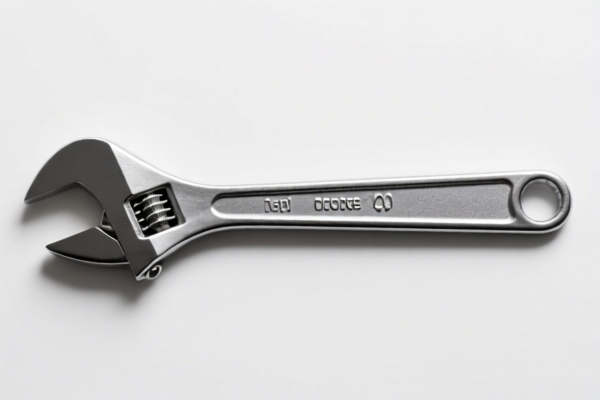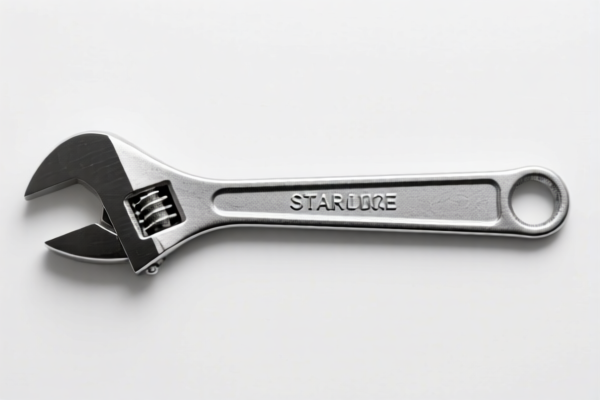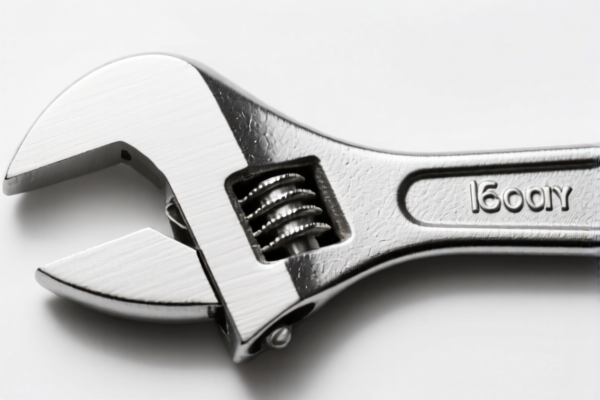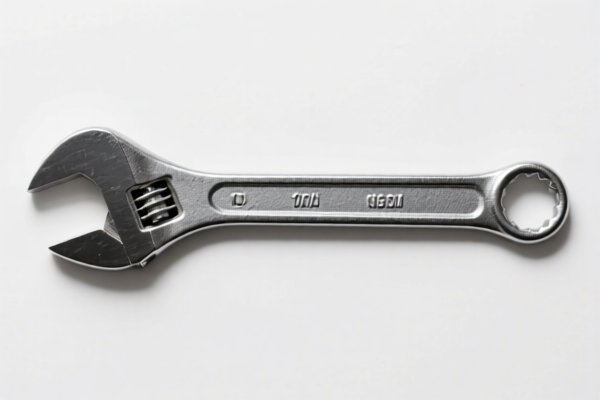| HS Code | Official Doc | Tariff Rate | Origin | Destination | Effective Date |
|---|---|---|---|---|---|
| 8204110030 | Doc | 64.0% | CN | US | 2025-05-12 |
| 8204110060 | Doc | 64.0% | CN | US | 2025-05-12 |
| 7415390000 | Doc | 58.0% | CN | US | 2025-05-12 |
| 7415338010 | Doc | 58.0% | CN | US | 2025-05-12 |
| 7419800900 | Doc | 58.0% | CN | US | 2025-05-12 |
| 7419805050 | Doc | 55.0% | CN | US | 2025-05-12 |
| 7326908688 | Doc | 82.9% | CN | US | 2025-05-12 |
| 7326908688 | Doc | 82.9% | CN | US | 2025-05-12 |




Combination Wrench
A combination wrench is a common type of wrench featuring a box-end opening on one side and an open-end opening on the other, both sized for the same fastener. This design offers versatility, allowing access in a wider range of situations than a single-ended wrench.
Material:
- Steel: The most common material, offering high strength and durability. Often chrome-plated for corrosion resistance.
- Alloy Steel: Provides increased strength and toughness, suitable for high-torque applications.
- Vanadium Steel: Offers enhanced durability and resistance to wear, often used in premium wrenches.
- Stainless Steel: Corrosion-resistant, ideal for working in wet or corrosive environments.
Purpose:
- Fastening and loosening nuts and bolts.
- General mechanical repairs.
- Automotive work.
- Plumbing.
- Construction.
Function:
The box end utilizes multiple points of contact within the fastener head, providing a stronger grip and reducing the risk of rounding the corners of the nut or bolt. The open end is used when access is limited, or when a faster application is needed, although it offers less grip and a higher risk of slippage. The wrench applies torque to turn the fastener.
Usage Scenarios:
- Automotive Repair: Tightening and loosening engine components, suspension parts, and exhaust systems.
- Plumbing: Working with pipes and fittings.
- Construction: Assembling and disassembling structures.
- General Maintenance: Repairing appliances, furniture, and other household items.
- Any situation requiring tightening or loosening of nuts and bolts where a variety of access situations may be encountered.
Common Types:
- Standard Combination Wrenches: The most common type, available in a wide range of sizes.
- Metric Combination Wrenches: Designed for metric fasteners.
- SAE (Standard American) Combination Wrenches: Designed for imperial (inch) fasteners.
- Flare Nut Wrenches: Specifically designed for flare nuts commonly found in plumbing and brake systems; feature a slot to accommodate the nut’s fitting.
- Offset Combination Wrenches: Feature an offset angle to provide clearance in tight spaces.
- Ratcheting Combination Wrenches: Include a ratcheting mechanism on the open end, allowing for continuous turning without repositioning the wrench.
- Double-Open-End Wrenches: Feature open ends on both sides, sized for different fasteners. While not strictly a combination wrench, they are often used in conjunction with them.
- Crowfoot Wrenches: Open-ended wrenches with a ratcheting head, designed to be used with a socket wrench handle for access in extremely tight spaces.
Combination wrenches fall under the category of hand-operated spanners and wrenches. Here's a breakdown of relevant HS codes based on the provided information:
- 8204.11.00.30: This HS code covers hand-operated spanners and wrenches (including torque meter wrenches but not including tap wrenches); socket wrenches, with or without handles, drives or extensions; base metal parts thereof: Hand-operated spanners and wrenches, and parts thereof: Nonadjustable, and parts thereof Open-end, box and combination open-end and box wrenches. This specifically includes combination wrenches. The tax rate details are: Basic tariff: 9.0%, Additional tariff: 25.0%, Additional tariff after April 2, 2025: 30.0%, Total tariff: 64.0%.
- 8204.11.00.60: This HS code also covers hand-operated spanners and wrenches (including torque meter wrenches but not including tap wrenches); socket wrenches, with or without handles, drives or extensions; base metal parts thereof: Hand-operated spanners and wrenches, and parts thereof: Other (including parts). This could apply to combination wrenches if they don't fall under the more specific "Nonadjustable" category. The tax rate details are: Basic tariff: 9.0%, Additional tariff: 25.0%, Additional tariff after April 2, 2025: 30.0%, Total tariff: 64.0%.
Explanation of HS Code Structure (based on provided information):
- 82: Chapter 82 covers tools, implements, cutlery, hand tools, and articles of cutlery.
- 04: Heading 82.04 specifically covers hand-operated spanners and wrenches.
- 11: Subheading 82.04.11 further defines hand-operated spanners and wrenches, and parts thereof.
- 00: The final two digits specify the type of spanner or wrench (e.g., Nonadjustable, Open-end, box and combination open-end and box wrenches, or Other).
Important Note:
The additional tariff rates are subject to change. Please be aware of the tariff rates in effect after April 2, 2025, as they differ from the current rates.
Customer Reviews
The table with the 8 HS codes and their details was very helpful. I was able to find the right code for my wrenches and understand the associated tariffs easily.
The explanation of the HS code structure was exactly what I needed for my trade business. I now understand how to classify combination wrenches correctly.
The page had a lot of useful information, but I found the image gallery a bit confusing. It would be better if each image was clearly labeled with its corresponding HS code.
The section on materials and types of combination wrenches was informative. I learned a lot about the different options available for various applications.
I appreciate the detailed breakdown of HS code 8204.11.00.30. It clarified how the code is structured and what each part means, which was really helpful for my export planning.